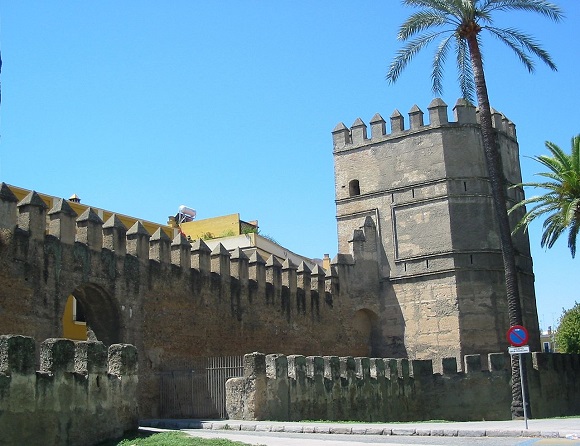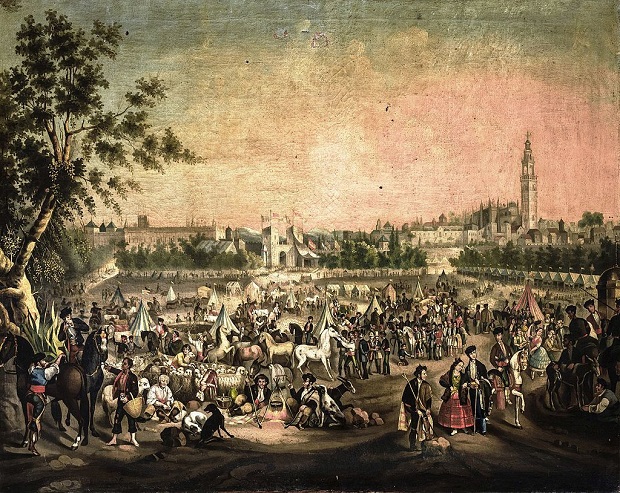Grown Up
Columbus died in 1506 after four expeditionary trips that would change the world forever. His remains would be interred in the new Gothic Cathedral of Saint Mary of the See finally completed in that same year. The enormous and awe-inspiring Gothic Cathedral would capture perfectly the new era of wealth and power of the Spanish crown.
Gold and commercial goods started flowing in the city’s port, attracting foreign merchants, craftsmen, bankers and all sorts of people who eagerly converged in the new European Mecca. The city flourished. Architecture, art and literature followed the economic growth fueled by the new colonies transforming Seville into a cultural hive in addition to its role as a commercial hub.


Writers like Miguel de Cervantes studied, worked (as a government official) and wrote (poems, songs and probably the first part of his most famous work Don Quixote) in Sevilla , painters like Diego Velasquez who was a born and raised Sevilliano , sculptors like Juan Martínez Montañés, lived and created in the prospering city during the end of the 16th & beginning of 17th century and are still to this days the pride of Seville and Spanish culture as a whole.
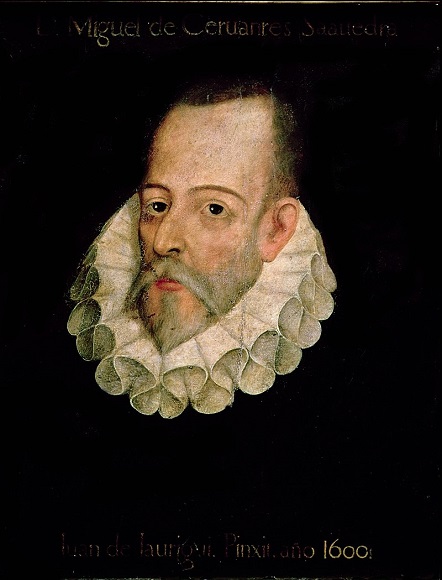
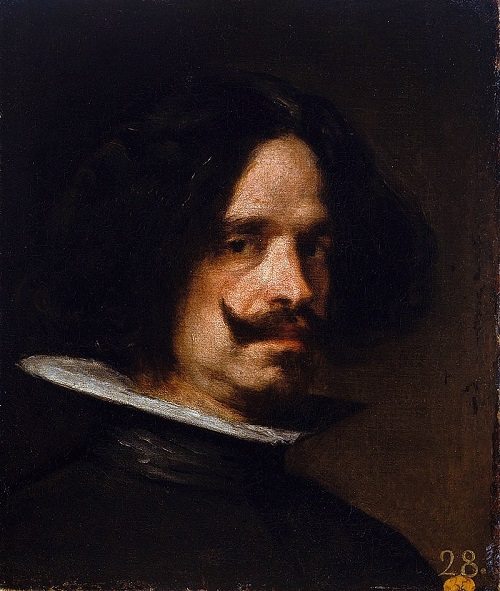
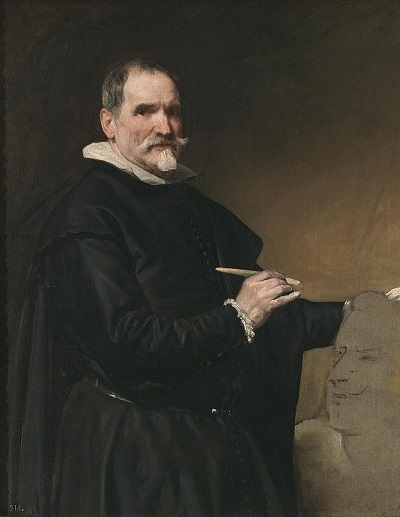
With the gold flowing from the Americas there was no holding back in expenses. Alcazar Palace is remodeled in Renaissance style, the Marchants’ exchange acquires a grand new building next to the cathedral, the grand new Hospital de las Cinco Llagas is inaugurated in the suburb of Macarena.
Also a new building for the customs was provided, the Giralda was renovated in Renaissance style, the Corral de Don Juan Theatre created, the construction of a new City hall in Plaza San Francisco completed, the magnificent Palace of San Telmo built to serve as the seat of the University of Mareantes. A new Imperial city started to take the place of its modest predecessor.
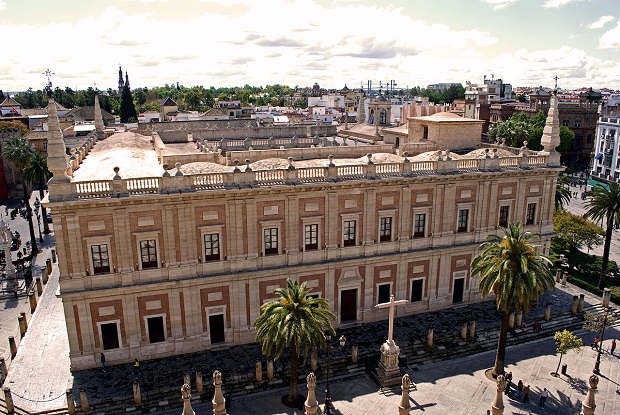
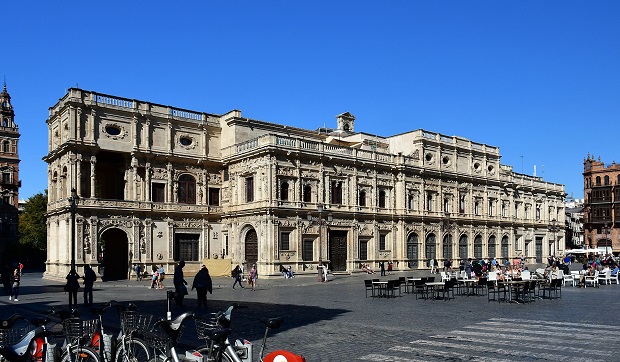
In the 17th century there was a series of events that changed the whole scenery. First three catastrophic floods of the Guadalquivir in 1603, 1626 and 1683 caused severe damages in thousands of buildings. Then a new outburst of plague that killed up to a quarter of the city’s population in 1649. Finally an intermittent yet constant warfare of the Habsburg Monarchs and the expenses produced by it, would lead to a monetary devaluation and a general commercial disruption.
The straw that broke the camel’s back was the transfer of the Casa de la Contratacion (the government office controlling the commerce with the Americas) to Cadiz in 1717. All the above disrupted the upward cycle and ushered in a period of economic decline. The famous Atarazans de Sevilla, the shipyards, stopped working as such, with a great part of them turned into the Hospital de la Caridad and the rest used to store artillery material.
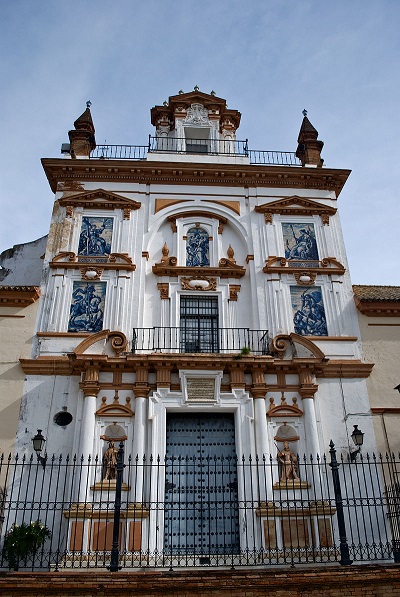

Despite the massive wealth that had been produced and funneled through the city’s port to the rest of the country during the golden age, Seville squandered its chance to become an industrial and commercial center in and of itself.
The city was completely dependent on the trading monopoly but most trade was carried out by foreigners. The merchants of Seville who got rich were more interested in buying titles of nobility and land. Non-productive, prestige oriented investments were bound to have a backlash especially in a time when the whole Spanish Empire was dwindling.
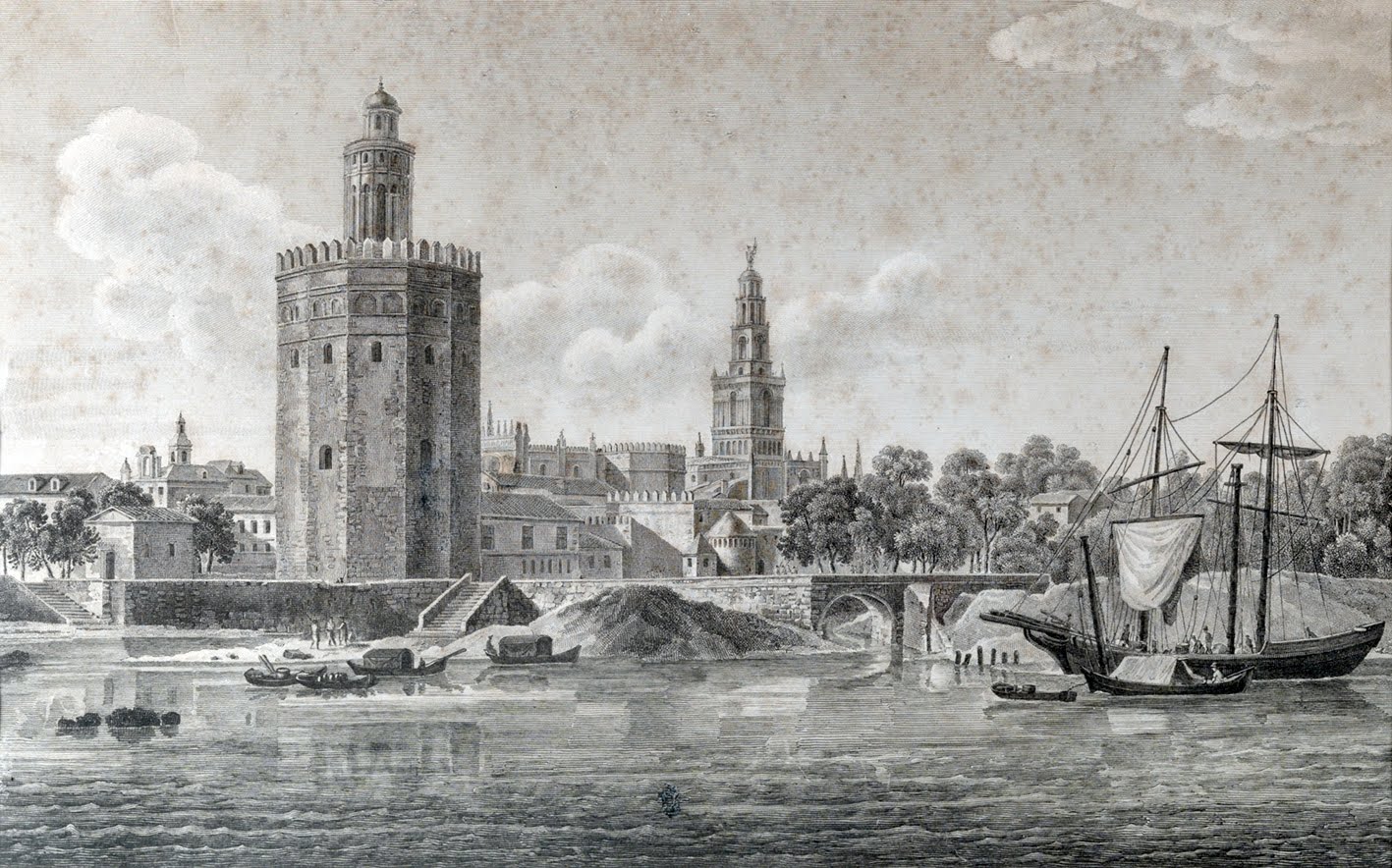
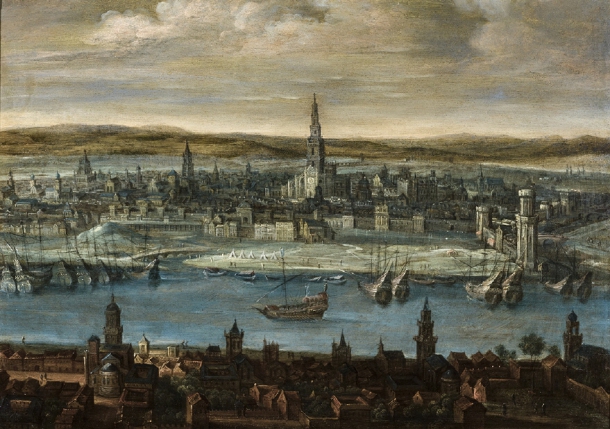
Despite the fact that Seville had lost its economic vigor and in many ways the people had turned to religion again with Franciscans, Dominicans, Augustinians, Nazarenes, Hieronymites and Jesuits, all represented in its numerous convents, the glory days were not too far away.
The Age of Enlightenment that was shyly dawning in England and France in beginning of the 18th century was also showing its shining face in Seville with the creation of the Academy of Philosophy and Medicine in 1700, the Academy of Letters in 1751 and the publishing of the first newspaper outside Madrid n 1758.
In the same time a pastime that was until then considered an aristocratic hobby would be transformed by the first famous bullfighter in the world at the nearby Andalusian town of Ronda, making it more of a people’s sport. In 1749 a circular bullring that would replace a previous rectangular one started to take its form on the banks of the Guadalquivir River, not far from the Cathedral or the Torre del Oro. The massive Maestranza is today the oldest surviving and the most famous bullring in the world.
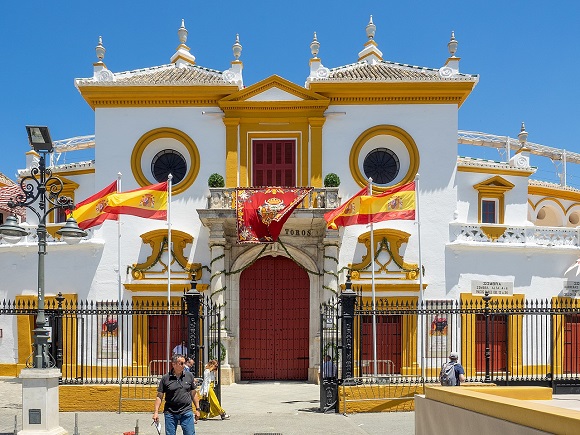

One of the industries that Seville did manage to set up as a consequence of the trade with the Americas was the Fábrica de Tabacos, already up and running scattered in several houses of the San Pedro neighborhood from the beginning of the 17th century when Seville still had the monopoly.
In 1758, at a time when it was most needed the new factory of Royal Tobacco started its operation in the second largest building in the whole Spanish Empire, right outside the city walls, where the Puerta de Jerez lies today.Being outside the city walls led to the simultaneous construction of a defensive moat by engineers of the Royal Army. The tobacco that came from Cuba, Virginia and Brasil was processed by an increasing number of workers that would reach 6000 people and also include women at an age when this was still considered extraordinary in Europe.
The downfall of the Spanish Empire continued well into the 19th century, an era of ethnic awakening and revolutions that would bring economic instability and result into the loss of most of the Spanish colonies. Nevertheless the city entered a period of continuous reconstruction, modernization and expansion.
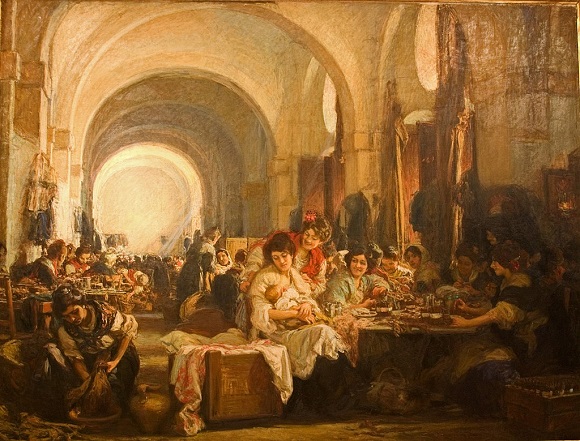
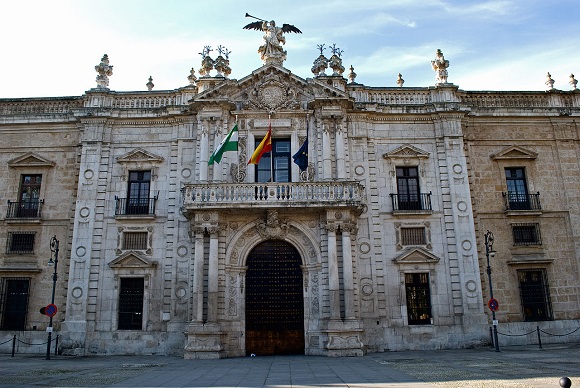
The first permanent bridge across the Guadalquivir, the Puente de Isabel II popularly known as the Triana Bridge was established in 1852. In 1859 the Sevilla-Cordoba railway is inaugurated and in 1869 the old city walls were torn down to facilitate the modern growth. In the same time the Feria de Abril, established in 1847 became the largest secular celebration of the city attracting thousands of visitors every year. The arrival of electricity in 1887 would official make Sevilla part of the brave new world.
